QUICK HEALTH TIPS: Poison Ivy

Poison ivy, poison oak, and poison sumac are probably the most common allergenic plants in the United State. These plants grow in every state except Alaska and are common along roadsides, in forests and pastures, and along streams—even, in the case of poison ivy, in suburban backyards.
Poison ivy and poison oak are members of the same botanical family. Poison ivy is more prevalent east of the Rocky Mountains; poison oak is more common to the west and southwest. Poison sumac is common in southern swamps and northern wetlands. All three plants product similar symptoms, and as a result all three are often referred to simply as poison ivy.
It is estimated that 65 percent of Americans are sensitive to these plants, and about 2 million people each year have a reaction from contact with them. Sensitivity to poison ivy is acquired and is at its peak during childhood. Most susceptible are people who are sensitive to sunlight. The irritating substance in poison ivy is urushiol, a substance present in the oily sap in the leaves, flowers, fruit, stem, bark and roots. Urushiol is one of the most potent toxins on earth; less than 1 ounce would be enough to affect every living person! The blisters, swelling, and itching are caused by an immune system response to this poisonous sap. The plant is poisonous even long after it has dried out, but it is particularly irritating in the spring and early summer, when it is full of sap. Every part of these plants is toxic.
The first symptom of poison ivy is a burning and itching sensation. This is followed by the development of a red, intensely itchy rash, often accompanied by swelling, oozing, and crusting blisters. A mild case may involve only a few small blisters, while a severe case may cause many large blisters, acute inflammation, fever, and/or inflammation affecting the face or genitals. Symptoms can appear anywhere from a few hours to seven days after contact and tend to be at their worst between the fourth and seventh days. The rash often forms a linear pattern. Exposed parts of the body, such as the hands, arms and face, are the areas most likely to be affected. Scratching can then spread the inflammation to other parts of the body. Itching, redness, and swelling begin to heal by the second day after the appearance of the rash, and most people are completely healed within seven to fourteen days.
Direct contact with the plant is the most common means of contracting poison ivy, but the poisons can be conveyed to the skin in other ways. Some people have contracted poison ivy by petting an animal that has been in contact with it. It can also be transmitted by clothing or objects that have come in contact with the plant. People who are highly sensitive to poison ivy can develop a reaction if the plant is burned and they inhale the smoke.
Calamine lotion, applied topically, is very helpful to relieve symptoms. Aloe vera gel helps, also, as does witch hazel. Tea tree oil disinfects and heals skin conditions. Apply compresses made with very hot plain water for brief intervals, or compresses soaked in a diluted Burow´s solution (available in most drugstores). For relief of itching, apply a paste made from water, cornstarch, baking soda, oatmeal, or Epsom salts. Use 1 teaspoon of water to 3 teaspoons of the dry ingredient.
SOURCE: PRESCRIPTION FOR NATURAL HEALING
- Anthony R
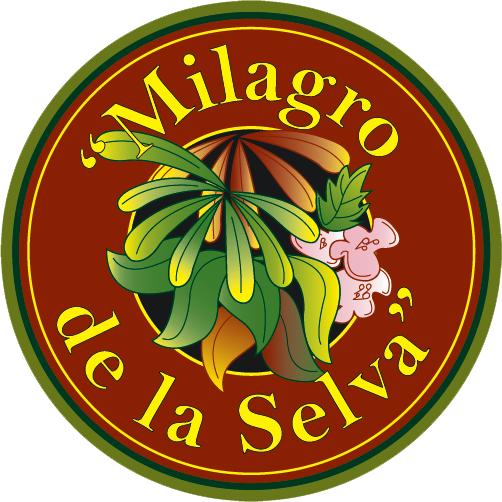

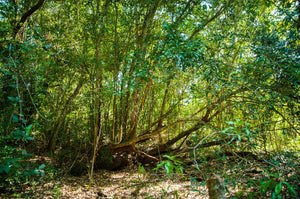
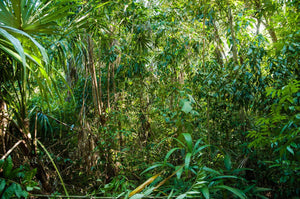
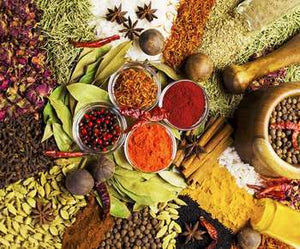
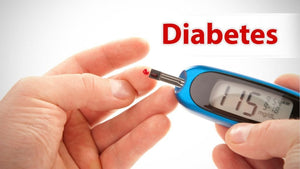
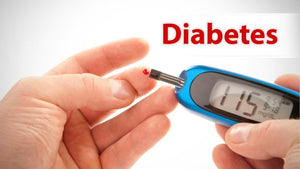


Comments 0